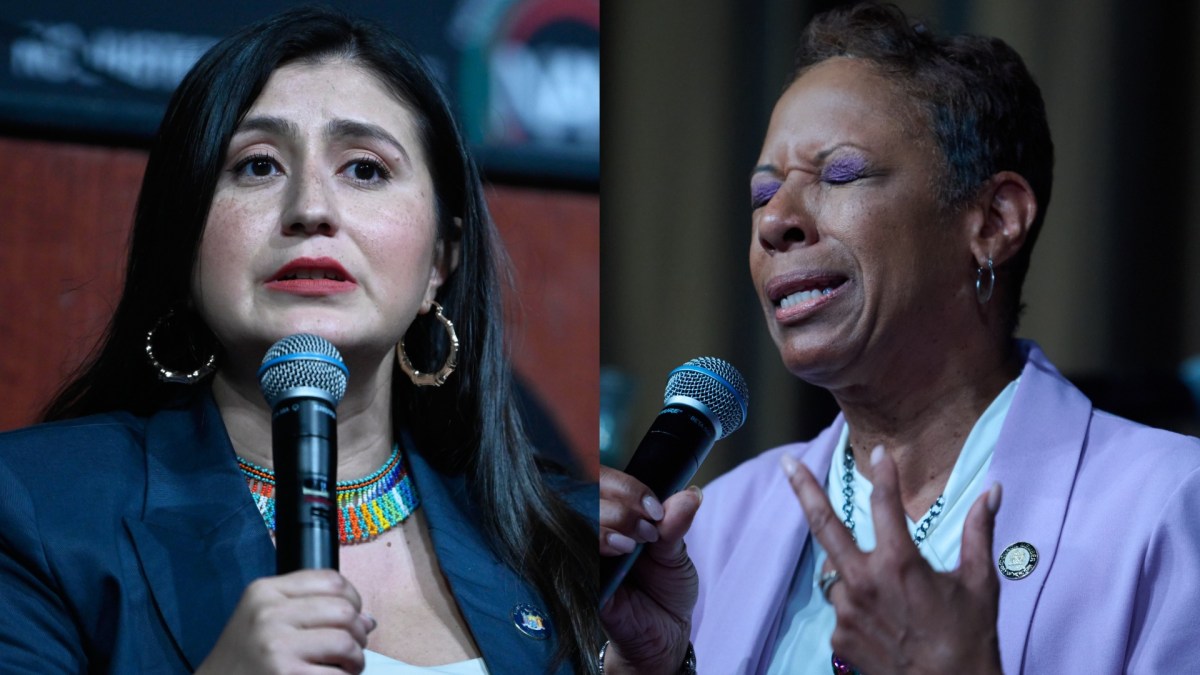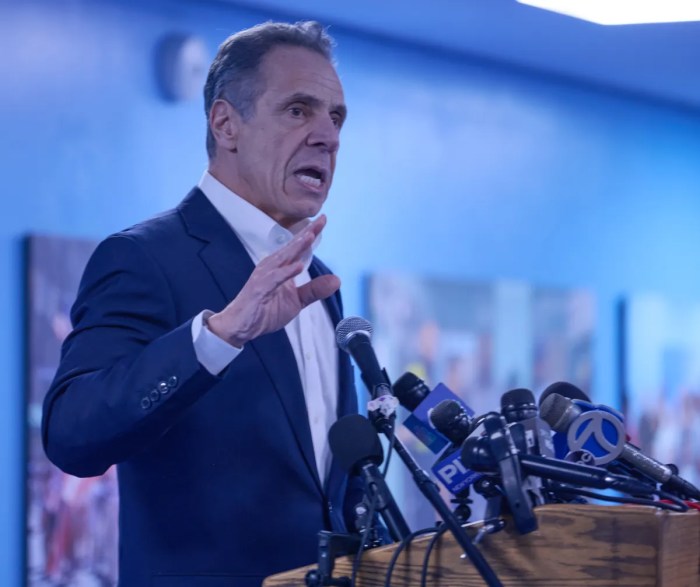By Joe Anuta
Asian-American residents of Queens are a sleeping political force, and a group of civic and nonprofit groups announced a plan last week to tap into that power for upcoming state and federal elections.
In response to historically tepid voter turnout in Asian-American communities, the MinKwon Center for Community action announced a citywide campaign last Thursday called Vote 2012: One Voice, One Vote at its office, at 136-19 41st Ave in Flushing.
“The idea is not just to get Asian-American candidates elected,” said Steven Choi, executive director of the nonprofit, which acts as an advocacy group for new immigrants, especially from Korea. “We want to ensure whoever is elected is accountable to our community.”
Across the five boroughs, the campaign will use voter guides in several languages, door knocking and mass phone calls to try and reach 25,000 voters in the primary and general elections this fall. The coalition consists of eight groups from across the city, including Jackson Heights-based Chhaya CDC, a South Asian advocacy group, and the Queens YWCA in Flushing. They also hope to register 10,000 new voters.
And those efforts could have a real effect in Asian-American enclaves in Queens.
Just over 5,500 people voted in the recent congressional primary to elect state Assemblywoman Grace Meng (D-Flushing) as the Democratic candidate in the November general election. In 2008, the state Assembly primary on the Democratic side was decided by less than 1,000 votes.
Many members of these communities face language barriers, along with a process that is drastically different from other countries. In South Korea, for instance, every citizen is automatically registered to vote. In some voters’ home countries, voters do not need to register for a political party, whereas in New York City many elections are decided in a primary.
But the number of voting-aged Asian Americans is growing in Queens.
Between 2000 and 2010, the population growth of the borough was 0.1 percent, while the growth in the Asian community over the same period was about 30 percent, according to statistics from the U.S. census. At 509,428 people, Asian Americans currently make up about 23 percent of the borough’s population.
But they do not vote in the same numbers as other population groups.
In the Assembly district based in Flushing, Asian Americans make up 62 percent of the population, but only 38 percent of registered voters. And in the 2010 general elections, only 27 percent of Asian Americans in Flushing voted, whereas 47 percent of Caucasian voters came out to the polls, according to MinKwon.
MinKwon has high hopes for its efforts. A study by the center showed that a 2010 campaign raised the Korean participation in Flushing from 29 percent to 54 percent.
The coalition is targeting eastern Chinese, Korean, Bangladeshi, Indian and other South Asian communities.
Reach reporter Joe Anuta by e-mail at januta@cnglocal.com or by phone at 718-260-4566.


































